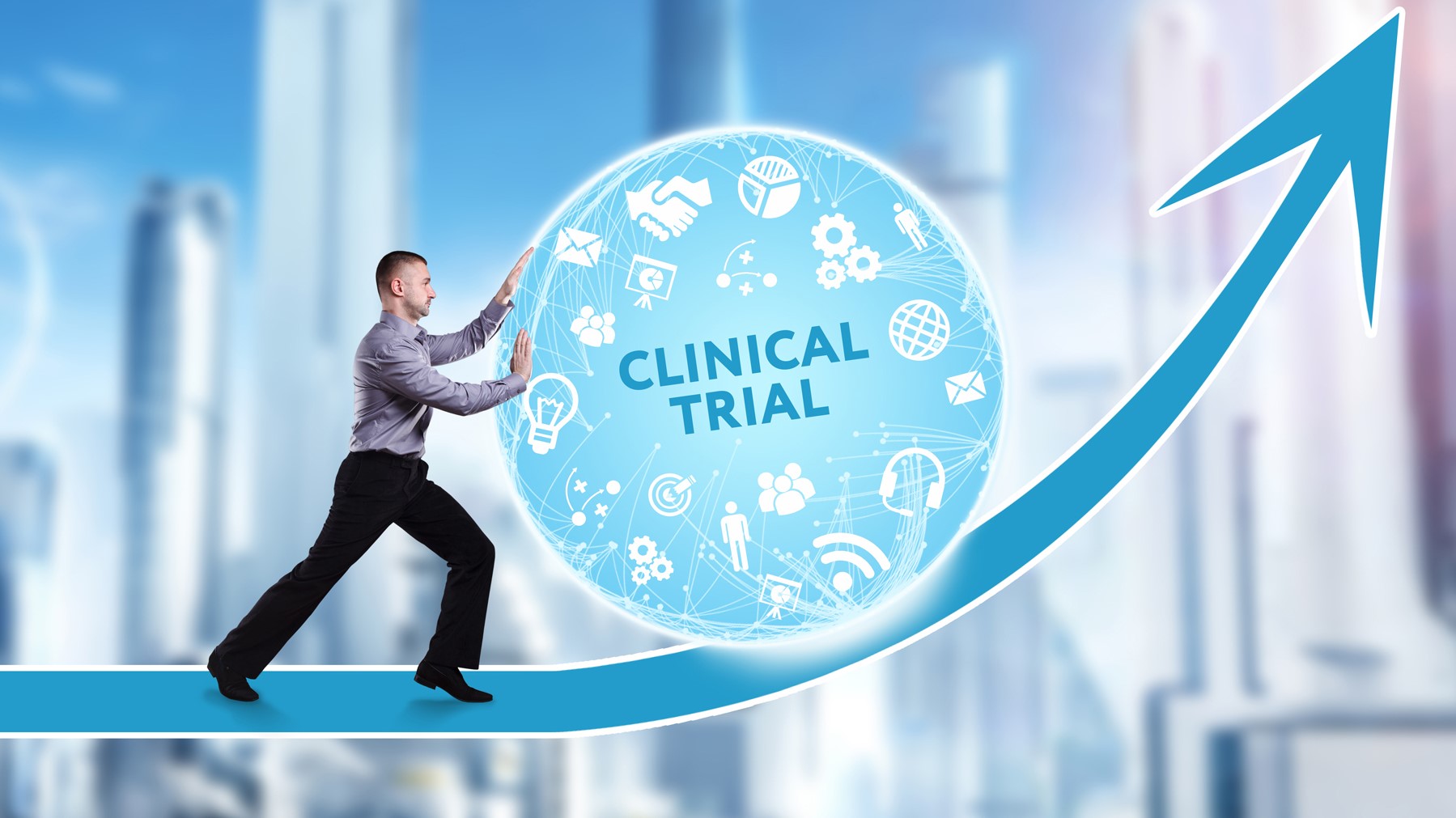In my last article, I discussed a new report, titled The Innovation Imperative: The Future of Drug Development, which found that four specific innovations (adaptive trials, patient-centric trials, precision medicine trials, and real-world data) positively impact clinical trial timelines, market launch likelihood, and patient access. Yet the rate of adoption of these innovations was surprisingly low, in the range of 0.3-15%.
This report showcases the opportunity for the industry to embrace innovation and improve outcomes, but to truly understand and execute upon the knowledge gained from these data, it is important to examine what barriers are preventing adoption and what factors can enable these innovations to deliver optimal impact.
Let’s start with the barriers. While at least part of the reason for the low adoption may be the overall newness of the innovations themselves, other barriers that cannot be ignored and were identified in the report include:
- Vast, new, and fragmented data
- Inadequately trained workforce, especially in data science
- Negative perceptions of pharma’s approach to innovation among payers and patients
- Cultural barriers surrounding drug development and innovation
Conversations with experts across the drug development ecosystem reveal that each barrier is not necessarily detrimental on its own—instead, these barriers are significant and mutually synergistic (not in a good way) when taken together. It is now imperative to lower them or remove them altogether.
I outline below the key enablers of innovation outlined in the report, and how the drug development enterprise can adapt and implement these practices to reduce timelines and remove barriers to success.
Advanced Data Analytics
The exponential growth of data, both in the volume and types of data used in healthcare research and drug development, creates opportunity for innovation in drug development. With that, it also brings certain challenges, including data silos resulting from a fragmented approach to data collection and storage among healthcare providers, payers, academic institutions, commercial drug developers, and other stakeholders. These silos mean that data are underexposed and underused by researchers. Opening up and connecting these data silos with innovative technology and robust health data science processes would improve the nature of data collection and usage in order to inform and innovate future drug development.
Integrating data capture and analytics across the entire drug development and market access continuum is vital when deploying innovation. This includes implementing mechanisms for data sharing and interoperability, data prioritization, integration of alternative data sources, and predictive analytics. This allows clinical sites to bridge data silos and enable greater data sharing across the industry.
By establishing more contemporary standards to drive data prioritization, researchers will ensure that the drug development ecosystem is not overwhelmed by volume but is focused on quality data that can inform and drive decisions. Integrating alternative data sources increases the efficiency of the patient enrollment process through the identification of large numbers of participants, geographically diverse participants, and ethnic minorities. Further, the use of predictive analytics can enable drug developers to adapt protocols and mitigate the risk of low enrollment and/or early termination of trials.
Workforce Readiness for Interpreting Data
The EIU research identified current limitations on the ability to handle and interpret data at scale. Since these data often come from different sources, formats, and standards of quality, a deep understanding of data science is critical for accurate interpretation. Innovation is often held back by personnel who have not been adequately trained to interpret medical data from various sources or who do not have availability for this type of time-intensive analysis.
To prevent barriers to data usage, the industry must invest in reskilling its workforce via employee training and development initiatives. Workforce readiness includes knowledge about the collection and management of unconventional or fragmented data and ongoing training to maintain proficiencies. Furthermore, employees who operate or interface with clinical sites must also receive training and reskilling in clinical trial coordination and execution to ensure that data are collected in an appropriately standardized manner.
Collaboration is Key
Collaboration, including multilateral partnerships, is key to success in many business models, including pharma.
Well-defined partnerships enable organizations and various stakeholders to learn from each other and encourage innovation across the industry. Without permanently altering the competitive landscape, “coopetition” has gained traction as a way for multiple competitors to collaborate without jeopardizing their individual businesses.
Ensuring a shared set of objectives at an early stage among regulators, sponsors, payers, and patients can impact the speed and success of drug development and market access in meaningful ways. For example, early engagement among stakeholders builds trust and helps identify the respective priorities and criteria for regulatory approval, payer acceptance, and affordable patient access to medicines. Similarly, early patient engagement with sponsors, investigators, and payers can provide insight into clinical manifestations of disease and impact on patients’ daily living, as well as provide drug developers with feedback on treatment options and patient-friendly protocol designs. This feedback may include information about standards of care, effectiveness of existing therapies, and improvement of patient retention in trials.
The Way Forward
There is no question that continuous innovation will drive the future of drug development. The EIU’s research showed that drugs in three major therapeutic areas developed with the four specific innovations were 16% more likely to reach the market (33% more likely in the case of oncology drugs). To successfully implement these new innovations, organizations must first identify and address opportunities where the traditional ways do not align with modern demands. Those who can implement these enabling factors into their operations and cultures will be leaders in the next phase of drug development.










